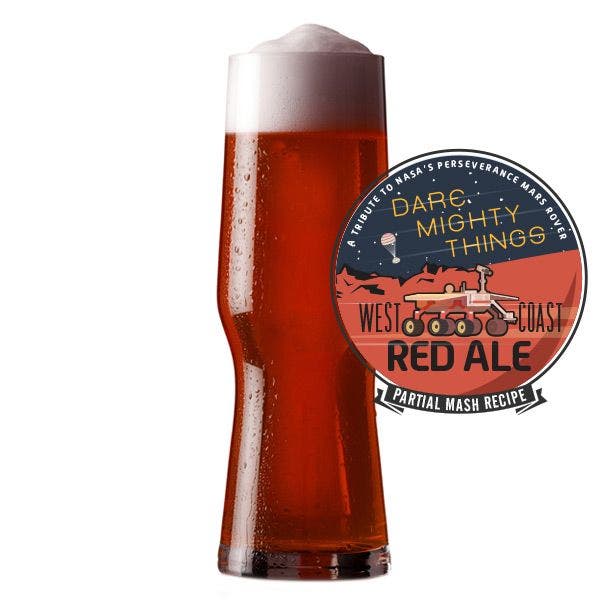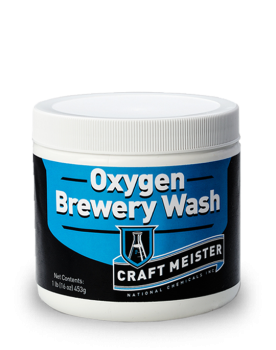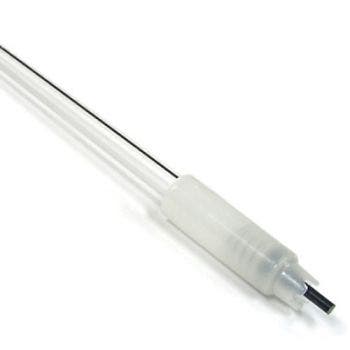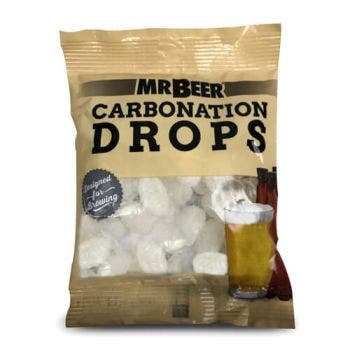Dare Mighty Things Red Ale
This bold, Westcoast red ale, was inspired by the incredible achievement of NASA’s Perseverance Mars Rover mission. We watched and waited with wonder, as it blazed through space at a blistering 12,000 mph toward that mysterious, red planet. Slowing with a powerful grace, to just below 1,000 mph before it deployed the over 70ft foot parachute to reveal a secret binary code message, just before drifting down for 7 minutes and touching the Martian surface. The message in the code contained the simple, yet profound phrase “Dare mighty things”; the slogan championed by the Perseverance Rover team. This momentous accomplishment filled us with the pride and inspiration, that fueled the creation of this recipe. As the rover navigates and collects evidence of microbes in a now dry Martian lakebed, we lift our glasses full of this cascade hopped, ruby beauty and declare; “Touchdown confirmed!”.
What You Get
1 Canadian Blonde Brewing Extract (HME)
2 Packets of BrewMax LME Smooth
1 Packet of Crystal Malt 60
1 Packet of Honey Malt
2 Packets of Cascade Hops
3 Muslin Hop Sacks
1 Packet of US-05 Dry Ale Yeast
1 Packet of No-Rinse Cleanser
For Fans Of
Refuge Westcoast Red
Brew Specs
Flavor: Hoppy
Original Gravity: 1.052
Final Gravity: 1.010
ABV: 5.5%
SRM: (Color): 11
IBU: (Bitterness): 24
STEP 1: SANITIZING
Cleaning is one of the most important steps in brewing. It kills microscopic bacteria, wild yeast, and molds that may cause off-flavors in your beer. Make certain to clean all equipment that comes in contact with your beer by following the directions below:
1. Fill clean keg with warm water to line mark 1 on the back, then add ½ pack (about 1 tablespoon) of No-Rinse Cleanser and stir until dissolved. Once dissolved, the solution is ready to use. Save the remaining ½ of No-Rinse Cleanser because you will need it for bottling.
2. Screw on lid and swirl the keg so that the cleaning solution makes contact with the entire interior of the keg, including the underside of the lid. Note that the ventilation notches under the lid may leak solution. Allow to sit for at least 2 minutes and swirl again.
3. To clean the spigot, open it fully and allow liquid to flow for 5 seconds and then close
4. Pour the rest of the solution from the keg into a large bowl. Place your spoon/whisk, can opener and measuring cup into the bowl to keep them cleaned throughout the brewing process. Leave them immersed for at least 2 minutes in cleaning solution prior to using.
5. After all surfaces have been thoroughly cleaned, do not rinse or dry the keg or utensils. Return lid to top of keg, proceed immediately to brewing.
STEP 2: BREWING
Brewing beer is the process of combining a starch source (in this case, a malt brewing extract) with yeast. Once combined, the yeast eats the sugars in the malt, producing alcohol and carbon dioxide (CO2). This process is called fermentation.
1. Remove the yeast packet from under the lid of the can of Brewing Extract, then place the
unopened can & LME's in hot tap water.
2. Add all the grains into one of the muslin sacks and tie it closed so that the grain can flow
freely within the sack. Set aside.
3. Add 8 cups of water to a 1 gallon or larger boil pot. Begin heating the water to a range of 155-
165 degrees F and hold, at this range. Next, add the grain sack into the water, and maintain the
155-165 temp for 30 minutes
4. While you wait, add one of the packets of cascade hops to the second hopsack and tie it closed
so that the hops have room to expand and flow freely within the sack. Set aside.
5. After the 30 minute steep has completed, turn off the heat and remove the grain sack from the
pot and place it into a colander to drain, allowing the runoff to flow back into the pot, and rinse
the grain with one cup of hot water (around 160 degrees), letting the excess runoff flow back into
your pot. DO NOT squeeze the grain sack. Once drained, discard the grain sack.
6. Bring grain water to a low, rolling boil.
7. Once boiling, add the hopsack you prepared earlier and allow it to boil for 5 minutes. Then remove the pot from the heat.
8. Open the cans of Brewing Extract and both packets of LME and pour the contents into the hot
mixture in your pot. Stir until thoroughly mixed. This mixture of unfermented beer is called
wort.
9. Fill your fermenter with cold tap water to the mark 1 on the back. If using any other fermenter
this would be approximately 1 gallon of water
10. Pour the wort, including the hopsack into your fermenter, and then bring the volume of the fermenter to mark 2 by
adding more cold water. (If you have a different fermenter top it off to 8.5 liters)
11. Stir your wort mixture vigorously with your sanitized spoon or whisk.
12. Sprinkle the US-05 yeast packet into the keg, and screw on the lid. Do not stir.
Put your fermenter in a location with a consistent temperature between 68° and 78° F, and out of
direct sunlight. Ferment for 14 days.
STEP 3: Dry Hopping
Dry hopping is the process of adding hops to a beer which will impart more hop flavor and aroma to your beer.
1. On day 7 of your 14-day fermentation, sanitize the 3rd hopsack by boiling it water for 30
seconds or by washing it in a no-rinse cleanser. Add the second packet of Cascade hops to the
clean sack and tie it so that the hops can flow freely within the sack. Quickly open the lid of your
fermenter and add in the prepared cascade hop sack. Allow to ferment for 7 more days (14 total).
STEP4: BOTTLING & CARBONATING
After 14 days, taste a small sample to determine if the beer is fully fermented and ready to bottle. If it tastes like flat beer, it is ready. If it’s sweet, then it’s not ready. Let it ferment for 3 more days (17 total). At this point, it is time to bottle. Do not let it sit in the fermenter for longer than 24 days total.
1. When your beer is ready to bottle, fill a 1-gallon container with warm water, then add the remaining ½ pack of the No-Rinse Cleanser and stir until dissolved. Once dissolved, it is ready to use
2. Distribute the cleaning solution equally among the bottles. Screw-on caps (or cover with a metal cap if using glass bottles) and shake bottles vigorously. Allow to sit 10 minutes, then shake the bottles again. Remove caps and empty all cleaning solutions into a large bowl. Use this solution to clean any other equipment you may be using for bottling. Do not rinse.
3. Add 2 Carbonation Drops to each 740-mL bottle. For 1-liter bottles, add 2 ½ drops; for ½-liter bottles add 1 drop. Alternatively, you can add table sugar using this table as a guide.
4. Holding the bottle at an angle, fill each bottle to about 2 inches from the bottle’s top.
5. Place caps on bottles, hand tighten, and gently turn the bottle over to check the bottle’s seal. It is not necessary to shake them.
6. Store the bottles upright and out of direct sunlight in a location with a consistent temperature between 70°-76°F or 21°-24°C. Allow sitting for a minimum of 14 days. If the temperature is cooler than suggested it may take an additional week to reach full carbonation.
TIP FROM OUR BREWMASTERS
After the primary carbonation has taken place your beer is ready to drink. We recommend putting 1 bottle in the refrigerator at first for 48 hrs. After 48hrs. give it a try and if it is up to your liking put the rest of your beer in the fridge. If it does not taste quite right, leave the bottles out at room temp for another week or so. Keep following this method until your brew tastes just how you like it.
This process is called conditioning and during this time the yeast left in your beer can help clean up any off-flavors. Almost everything gets a little better with time and so will your beer






